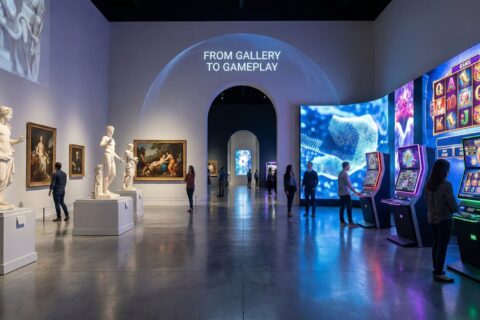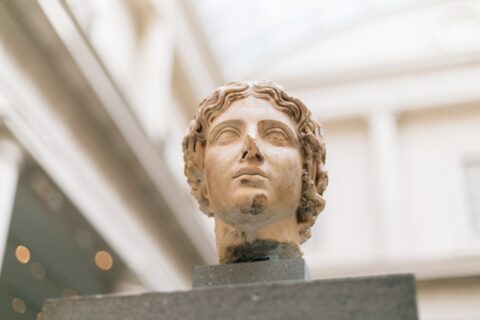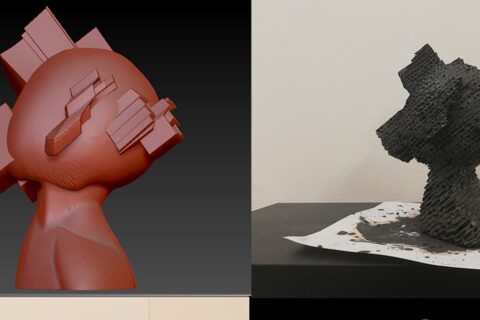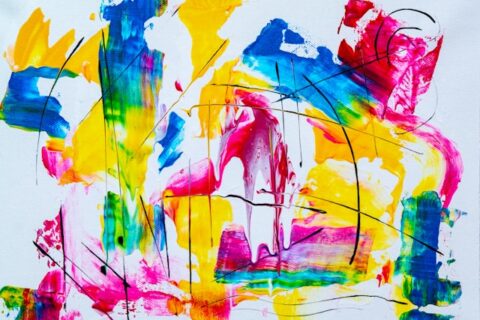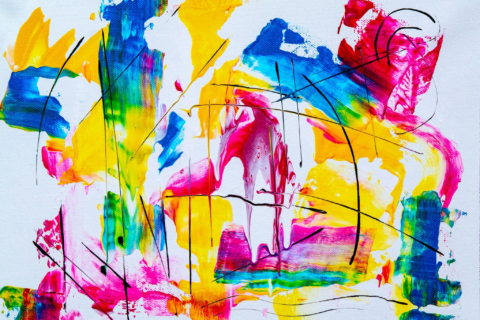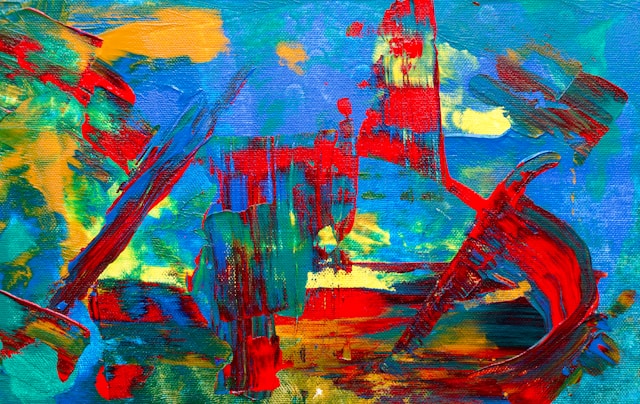
Exploring the Most Influential Art Movements and Styles
- Leake Camille
- February 22, 2024
- Genres of sculpture
- No Comments
Art has always been a reflection of society, a canvas upon which human creativity and expression find their voice. Over the centuries, numerous art movements and styles have emerged, each leaving an indelible mark on the ever-evolving tapestry of artistic expression. In this comprehensive exploration, we delve into some of the most iconic and influential art movements and styles that have shaped the course of art history. Additionally, within this rich landscape of artistic evolution, the Aviatrix Game offers a unique perspective, blending art and gaming to provide an immersive experience that celebrates creativity and exploration.
Abstract Expressionism: Unleashing Emotion on Canvas
Abstract Expressionism, often referred to as the New York School, is a quintessential American art movement of the 20th century. It encompasses a diverse range of abstract art forms, including large painted canvases and sculptures. At its core, Abstract Expressionism is characterized by the intense and spontaneous application of brushstrokes, along with the transformative effects of dripping and spilling paint onto the canvas. This style is synonymous with “action painting,” where the artist’s emotions are palpably woven into each stroke.
Art Deco: Merging Elegance and Modernity
Emerging in France before World War I, Art Deco burst onto the scene in 1925 during the Exposition des Arts Décoratifs. This movement seamlessly blends various mediums, from architecture and furniture to clothing and jewelry. It artfully combines modern aesthetics with meticulous craftsmanship, advanced technology, and luxurious materials. Art Deco transcends the boundaries between art forms, creating a harmonious fusion of beauty and functionality.
Art Nouveau: Embracing Organic Forms
Art Nouveau, which thrived from 1890 to 1910 in Europe and the U.S., is characterized by its sinuous and asymmetrical lines inspired by organic shapes. It sought to break free from the imitative historicism prevalent in the 19th century. While it left its mark on various art forms, including painting and sculpture, its most prominent contributions were in architecture, decorative arts, and graphic design. Art Nouveau aimed to create a new, liberated style that celebrated nature’s forms.
Avant-garde: Pioneers of Innovation
The term “avant-garde” originated from the French, meaning “advanced guard.” It encompasses innovative and experimental concepts, works, and individuals in the realms of culture, politics, and the arts. Avant-garde challenges conventions and pushes the boundaries of traditional thinking, often leading to groundbreaking artistic movements.
Baroque: The Drama of Motion and Detail
The Baroque movement, which emerged in Europe from the early 17th to mid-18th century, emphasizes dramatic and exaggerated motion, coupled with clear and intricate detailing. Baroque art creates a sense of grandeur, exuberance, and tension, contrasting sharply with the surrealistic tendencies of Surrealism.
Bauhaus: A Hub of Modern Art and Design
Founded in Germany by Walter Gropius in 1919, the Bauhaus school of art and design brought together artists, architects, and designers. It pioneered an experimental pedagogy that prioritized materials and functions over traditional art school methodologies. Throughout its various incarnations, Bauhaus fostered influential discussions on the role of modern art and design in society.
Classicism: A Return to Elegance and Symmetry
Classicism draws inspiration from the art forms of ancient Greece and Rome, emphasizing traditional forms characterized by elegance and symmetry. This movement celebrates the enduring beauty and balance found in classical art.
CoBrA: A Post-war Quest for Spontaneity
Founded in 1948 in Paris, CoBrA was a short-lived yet groundbreaking post-war group comprising international artists who championed spontaneity as a means of creating a new societal order. The name “CoBrA” is derived from the home cities of its founders: Copenhagen, Brussels, and Amsterdam.
Color Field Painting: Embracing Contemplative Color
Color Field Painting, often associated with Abstract Expressionism, rejects active gestures in favor of expressing the sublime through expansive surfaces of contemplative color and open compositions. This movement seeks to convey profound emotions through harmonious color combinations.
Conceptual Art: Art as an Idea
Conceptual art, or conceptualism, is a 20th-century movement that prioritizes ideas and theoretical practices over visual forms. Coined by artist Sol LeWitt in 1967, it posits that the idea itself, even if not visually realized, is a work of art. Conceptual art challenges traditional notions of art creation.
Constructivism: Art for Social Progress
Developed by the Russian avant-garde around 1915, constructivism is a branch of abstract art that rejects “art for art’s sake” in favor of art directed towards social purposes. Its work is geometric, precise, and sometimes mathematical, advocating for the role of art in societal progress.
Cubism: Deconstructing Tradition
Cubism, initiated in 1907 by artists Pablo Picasso and Georges Braque, introduced a revolutionary visual language. It deconstructed traditional subjects into fragmented compositions, challenging conventional representations of nudes, landscapes, and still lifes. Cubism redefined how art could be perceived.
Dadaism: A Revolution of Nihilism
Dadaism emerged during World War I as a radical response to traditional social values and artistic conventions. Dada artists rejected established norms and aimed to shock society into self-awareness. Their work often sought to expose accepted conventions of order and logic.
Digital Art: Embracing Technology’s Canvas
Digital art encompasses a wide range of creative practices utilizing electronic technologies, resulting in digital products. From computer graphics to virtual reality, digital art is an innovative and contemporary movement that explores the intersection of technology and art.
Expressionism: Capturing Emotional Experience
Expressionism, an international movement from 1905 to 1920, particularly in Germany and Austria, seeks to convey emotional experience rather than physical reality. It employs distortion, exaggeration, and vivid color to express the inner feelings and ideas of artists.
Fauvism: Vibrant Colors and Bold Brushstrokes
Coined as “wild beasts” by critic Louis Vauxcelles, Fauvism is an early 20th-century movement associated with artists like Henri Matisse and André Derain. Fauvist works are characterized by their vibrant colors and bold brushwork, departing from traditional representational art.
Futurism: Celebrating Modernity’s Energy
Futurism, founded in 1909 by Filippo Tommaso Marinetti in Italy, seeks to capture the dynamism, speed, and energy of the modern mechanical world. It embraces technology and revels in the urbanization of the early 20th century.
